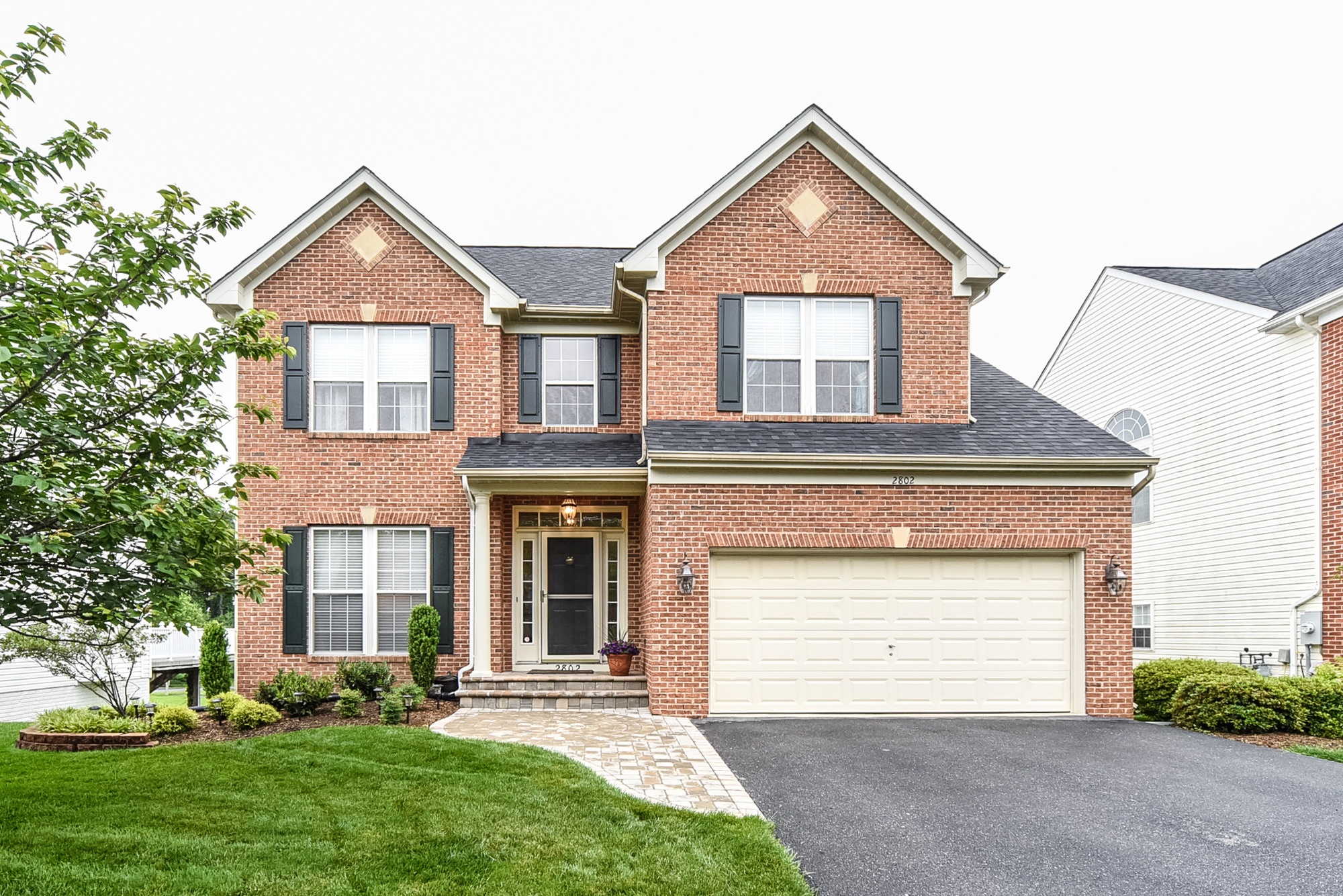In a typical successful home sale the seller vacates the home on or before the agreed-upon settlement date. The final walkthrough inspection is completed, and the buyer’s agent finds no issues. The sellers and the buyers agree all is well and everyone moves on with their life. However, if a post-settlement occupancy comes into play it can get complicated if the seller and buyer don’t fully understand how it works.
What is a Post-Settlement Occupancy?
In its most simple definition, a post-settlement occupancy allows sellers to still live in the home after the close of the sale. In essence, the sellers are renting the home from the buyers (new homeowners) for a certain period of time. 
This arrangement is usually entered into when the sellers are purchasing another home but need time to either move or use their settlement funds to finance their next move. Although it sounds like a simple situation, things can get tricky in the event anything out of the ordinary occurs at or to the home. The post settlement occupancy does not create a landlord/tenant relationship. Instead the sellers are responsible to maintain the home and convey the home in the same condition they received it at settlement. If the HVAC breaks, the seller has to fix it, etc.
Both parties should arrange insurance during the rent back period. Generally sellers can ask to keep their homeowners insurance in place until the end of the rent back.
Standard post-settlement occupancy agreements include the agreement in writing, date of occupancy and settlement, a daily occupancy rate, security deposit, signatures of all buyers, sellers, and the escrow agent, and most importantly clearly outlined liabilities for the seller and buyer. Because post-settlement occupancy arrangements can get tricky it is important for sellers and buyers to have a thorough knowledge of how it works.

How Does Post-Settlement Occupancy Work?
Most post-occupancy settlements are only allowed for up to 60 days due to lender requirements. The new homeowners are not considered a landlord and the sellers are not considered tenants. So, “tenant rights” are out the door. In fact, on post-settlement addendums, it is clear the sellers have no tenant rights.
A security deposit is provided by the sellers and is held in a non-interest accruing account, generally by the settlement agent. At the end of the agreed-upon time, the new homeowners (buyers) complete a walk-through to make sure the property is in substantially the same condition it was previous to the agreement. Once both parties agree the property is in substantially the same condition, the buyers (new home owners) will inform the title company and the security deposit is refunded to the sellers. The title company will only release the deposit to the sellers upon affirmation from the buyers all is good.
Typically, the agreement covers the cost of PITI (Principal, Interest, Taxes, and Insurance) that the buyer would have been responsible for. These funds are deducted from the seller’s proceeds at the time of settlement. The fee for the post settlement agreement may also be a flat fee decided and agreed upon between the seller and buyer. Sometimes there is no charge!
The part of the agreement that can get complicated is the buyers entering the home while the sellers are still living there. The buyers are allowed to have access to the home when they have a reasonable request. A reasonable request may be that the buyer is having work done on the home. This is where it can get tricky. Although this is the buyers’ property, the sellers have a right to their privacy. Most agreements give the buyers the right to have access to their new home during reasonable hours and with prior notice to the sellers. However, this can be a gray area. Therefore, be sure to specify these terms when entering into a post-settlement occupancy agreement.
Post-Settlement Occupancy can create high emotions. On one hand, you have sellers who are leaving the home they have built memories and have an emotional attachment to, and on the other hand, you have buyers who are excited to make this home their own. Be sure before entering into this type of arrangement you will be able to handle your emotions and respect the other party’s needs during this transition.
Lastly, there is little recourse for the sellers is the buyers object to releasing their deposit in full. Let's say the movers punch a hole in the wall, it is not uncommon to be at the mercy of the buyers in regards to how much of the deposit to retain.
Conclusion
A post-settlement occupancy agreement can help both buyers and sellers. Although it can seem like a lot to take on, being considerate and understanding of the other party’s feelings can result in a win-win for everyone.
Khalil El-Ghoul
Khalil El-Ghoul is a seasoned real estate broker actively helping sellers and buyers throughout Northern Virginia, DC, and Maryland. Known for his no-nonsense approach, Khalil combines expert market insight with honest, objective advice to help buyers and sellers navigate every type of market—from calm to chaotic. If you’re looking for clarity, strategy, and a trusted partner in real estate, he’s the one to call. 571-235-4821, khalil@glasshousere.com








